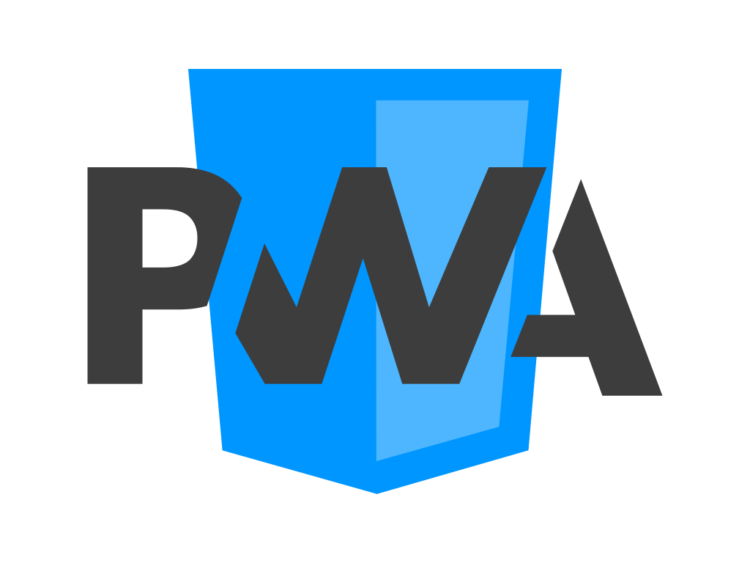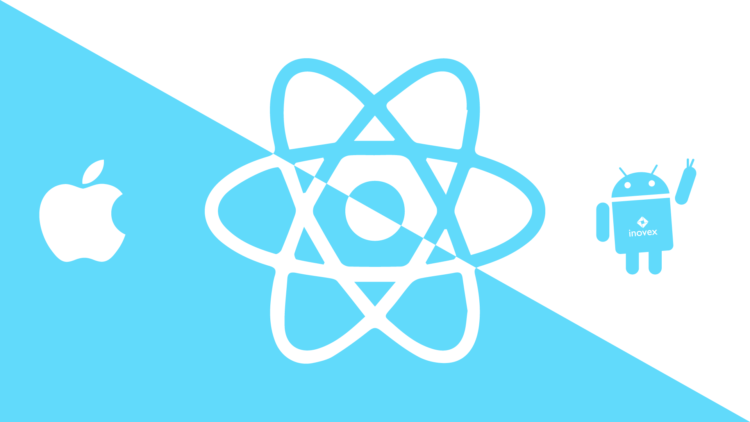The popularity of mobile applications is steadily growing. It is much more convenient for users to get information on their smartphones, make purchases, study, and follow the news. The demand and requirements for development are growing. So, the cost of services increases. Developing cross-platform mobile applications is an opportunity to reduce costs. This is a great solution for companies and online stores that want to expand their influence in the market and get more customers.
Page Contents
Cross-platform mobile apps

Source: onix-systems.com
Cross-platforming has changed trends in app development and introduced its own rules. This method has saved the initial investment and project time, allowing business owners to get to market quickly with their product.
Cross-platform programming languages are designed to create a single code that will be understood by different operating systems. In other words, you create a single application that runs on different devices.
Platforms and tools for cross-platform mobile development
There are several environments for cross-platform development. Each of them has its own characteristics, advantages, and disadvantages. Velvetech told us about the most popular ones and advised which framework to choose.
Cordova and HTML5
The most popular method of creating cross-platform is to develop a mobile site that is “wrapped” in a box and can be broadcast on a variety of devices. Cordova and HTML5 enable this approach to creating mobile applications.
There is no need to change programmers. Developers write the code in HTML, CSS, and JavaScript, and then it only takes a few weeks to create a mobile app from that code. Fast and efficient.
Cordova and HTML5 have a set of native elements available, making it faster to write a cross-platform app. Prebuilt UI elements help to keep a consistent style and logic.
PWA

Source: medium.com
PWA is a technology that Google introduced. It is rapidly gaining momentum, and more and more programmers are using PWA to create cross-platform environments. The scripts run in the background. Writing code for mobile systems is presented understandably. As a consequence, there is no “wrapper” that requires power, so PWA applications run faster. It is also possible to add an app to the home screen without installing it.
Another advantage is the ability to work offline cross-platform applications made on PWA. Also, such applications can work with native functions, notifications, and access device functions.
But there is one drawback. The technology is new, actively developing, but not all platforms can support it. For example, Apple resists the ability to install any app bypassing the store.
Xamarin
Xamarin is a free and open-source mobile app platform for building high-performance applications. It uses the standard C# programming language. The platform has several disadvantages: the installation files are quite large, and updates are not released often. Also, programmers must have a basic knowledge of languages, and high-performance graphics are simply not available.
However, despite this, Xamarin has a large community and is popular. After all, its advantages are much greater. The framework includes a complete package of development tools that allows you to create powerful and highly effective mobile applications for any business. It is easy to implement almost any task here. Support and maintenance of a business app are cheaper. After all, all you need to do is make changes to one code and it will be automatically changed in a cross-platform environment.
The main advantage of Xamarin is its high performance, which can be compared with the native one.
React Native

Source: inovex.de
React Native is a young platform for creating cross-platform applications from Facebook. It uses JavaScript and CSS-like styles to make a high-quality interface. The application reduces the line between native and cross-platform development. It is convenient and easy to use. Most programmers with basic skills will get the job done. It doesn’t take much time to implement any project.
The speed of a mobile app created on React Native is close to native. But the visual design is weaker than other cross-platform environments. Thus, React Native is suitable for developing small programs with little functionality.
Flutter
Flutter is an environment that provides optimal cross-platform. Google is the developer of this toolkit. Allows creating applications that will open equally well on mobile devices, tablets, laptops, and computers.
One of the advantages is the use of its own language, so the probability of errors in the application is minimal. But you will have to learn the language. So far, there are not many specialists who implement good applications in Flutter. So, the cost of development increases. However, it is a promising technology with good support and community. The ability to create fast code and a large set of tools allow you to make an application in the shortest possible time. The excellent testing process, fast performance, and excellent visualization make it possible to create applications of any format and complexity.
But, the installation package is larger, which can deter users. The interface is created with code, so you have to develop the visual appearance of the application in theory, and only then test it in practice.
Summing up
The choice for cross-platform development is quite extensive. Thus it is difficult for a business owner to choose the right solution. In any case, a specialist will help you find the right solution for the cross-platform development of mobile applications. For more details check https://yojji.io/. Only after discussing the project and finding out all the tasks, the most effective solution will be proposed.





